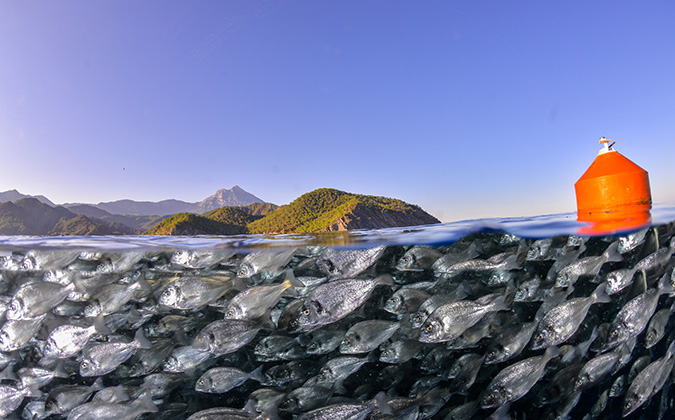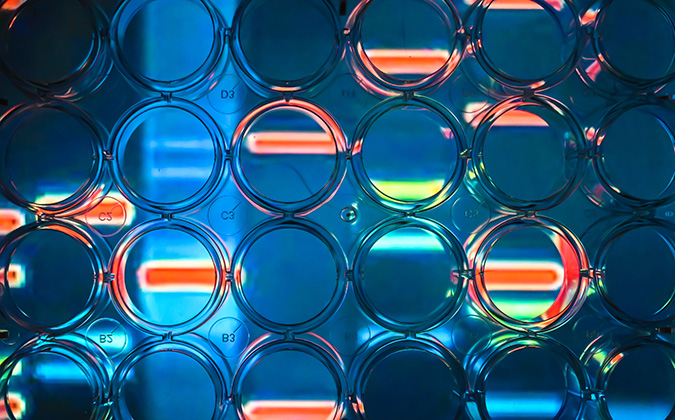
Revealing farmed sea bream’s diverse microbiome could aid health improvements
The microbiome of gilthead sea bream farmed in the Mediterranean appears to be very distinct from that of their surrounding environment — offering new insight which may help in managing health issues associated with the species.
In research carried out in Italy using genomic sequencing technologies, significant differences were seen between microbial species found in the sea and sediment where the fish were farmed and in the flesh of the fish themselves.
However, there were some commonalities between species found in fish and environment. The crossover in microbial communities was higher between the fish and seawater than with sediment by a magnitude of up to 7.8, while the greatest similarity (3.9%) was observed between seawater and gills. More broadly, higher microbial diversity was seen in the environment than in fish tissues.
Data a first for species
The study was the first time the microbial communities found in the species’ tissues and its surrounding environment has been reported.
“Our results suggest that, in mariculture, sea bream microbiomes reflect only partially those in their surrounding environment and that the host is the primary driver shaping the sea bream microbiome,” they explained.
Each tissue is likely to favor a different microbiome establishing there, based on communication with other parts of the organism, they added.
Different tissues, different communities
When comparing fish tissues among themselves, significant differences in microbiome were seen, with the gut harboring significantly more species than the fish skin, gills and fillet. The gut microbiome was dominated by Photobacterium, Pseudomonas and Staphylococcus, they noted, with these species already known to be important to fish health.
Species from the genera Psychrobacter, Cobetia and Pseudoalteromonas were abundant in skin and gills, they said, and while little is known about these species, they are likely to play important roles, given these parts are those involved in fish breathing and excreting waste.
“Taken together, these results suggest that a set of potential beneficial microorganisms are enriched in the skin and gill microbiomes, with possible implications of the general health of sea bream individuals that deserve further clarifications,” they explained.
More work is needed to establish the precise relationships between the microbiomes observed and fish health, they concluded.
You can read the full journal article in Host Microbe Interactions.






